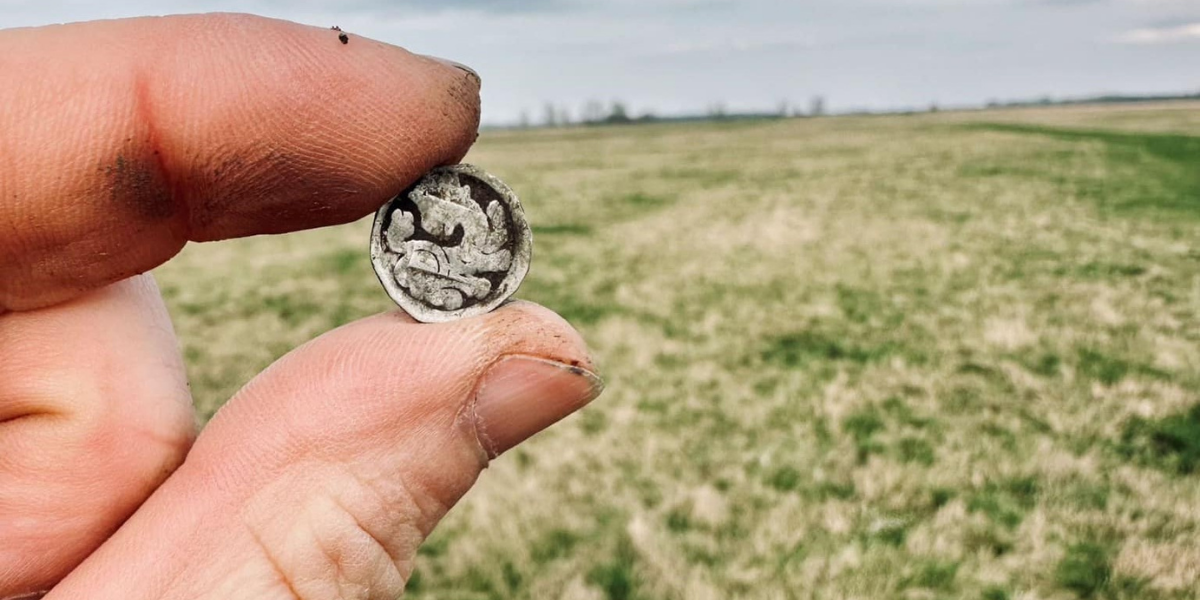
Hungarian archaeologists unearth a 600-year-old silver communion set
During archaeological excavations near Lake Tisza, experts from the National Institute of Archaeology at the Center for Public Collection of the Hungarian National Museum found a 14th-century silver sacrificial set held between fingers and a small fortune hidden in the ground.
Last year a unique cultural heritage was discovered near Lake Tisza, the remains of a medieval Benedictine monastery founded by a clan. This year’s excavations uncovered a 14th-century silver sacrificial set (goblet and wafer holder) and a treasure trove of 70 silver coins from the Vienna Penny.
In October 2023, during a test excavation in Tomajmonostora, during archaeological work on the territory of the former clan monastery, several details of the remains of the former Benedictine monastic church were discovered, the Facebook page of the National Archaeological Institute said.
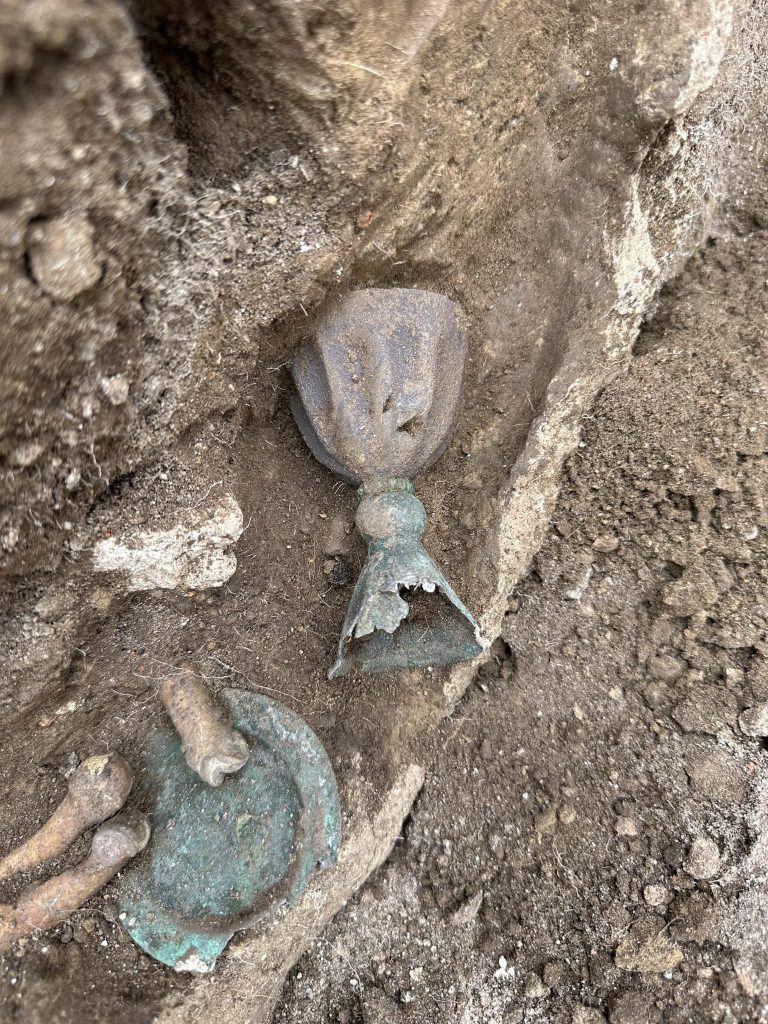
“Last year, the three-nave monastic basilica and an early circular church were cleaned in layers. So we found the clan’s monastery and the parish church of the previous settlement,” said Dr. Virágos Gábor, the archaeologist leading the excavation, deputy director general for archaeology at the Hungarian National Museum’s Public Collection Center, head of the National Archaeological Institute.
📣 Our WhatsApp channel is now LIVE! Stay up-to-date with the latest news and updates, just click here to follow us on WhatsApp and never miss a thing!!
During this year’s excavation, a special find was found, a sacrificial set that was held in the hand when it entered the ground. The ceremonial vessels, consisting of a silver goblet and a wafer holder, date back to the 13th and 14th centuries. The artifacts were in the hands of a deceased person. Most likely, it is part of a tomb, but further excavations are needed to obtain accurate results.
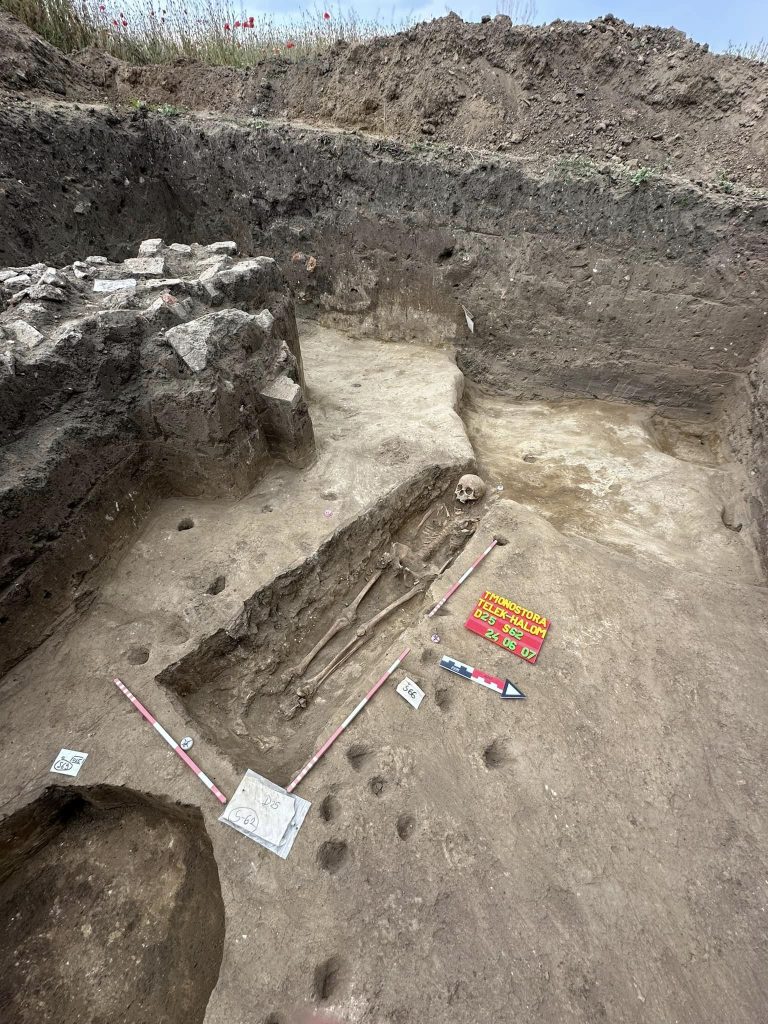
The Institute is working on identifying key sites, collecting and interpreting materials related to the battle near Mezőkeresztes in 1596, one of the most important and life-changing events in Hungarian history.
During the work at the site, archaeologists found a treasure worth 70 Viennese piastres (denarii). Dating from the 13th and 14th centuries, the coin treasure was discovered during research with volunteers of our community archaeology program led by archaeologist Gábor Bakos.
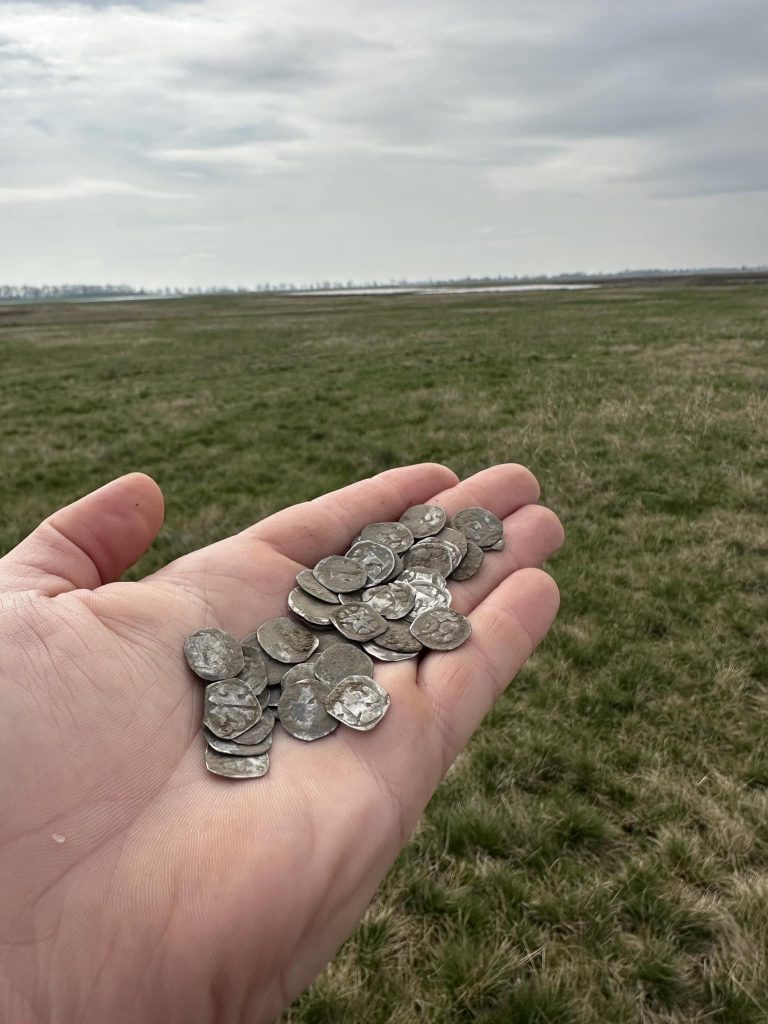
The project is significant as it is the first comprehensive and systematic research aimed at identifying the largest battle of the Fifteenth War.
“Of course, the area was inhabited both before and after the event, so during the work we see artifacts from several periods. These objects and their fragments can be dated from prehistoric times to the present day,” says archaeologist Gábor Bakos, leader of the field research.
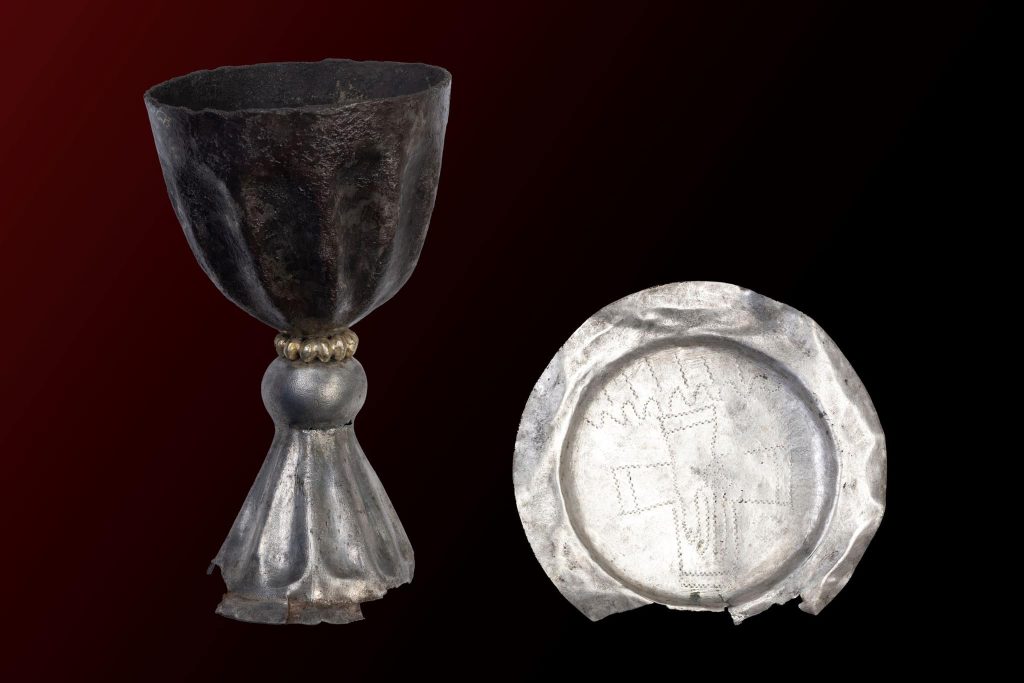
The Vienna dinars that make up the treasury were issued by the Austrian princes, contrary to their common common name, not only from the Vienna mints, but also from the Enns and Wiener Neustadt mints. Due to intensive trade relations, their trade extended to the territory of the Kingdom of Hungary in the 1200-1300s.
“Their existence is evidenced by treasures of coins similar to the newly discovered ones, especially from the western part of the country and along the trade route from Košice to Krakow. The latter also includes coin material found in the Mezőkeresztes region,” says numismatist Enikő Kovács, a professional member of the study.
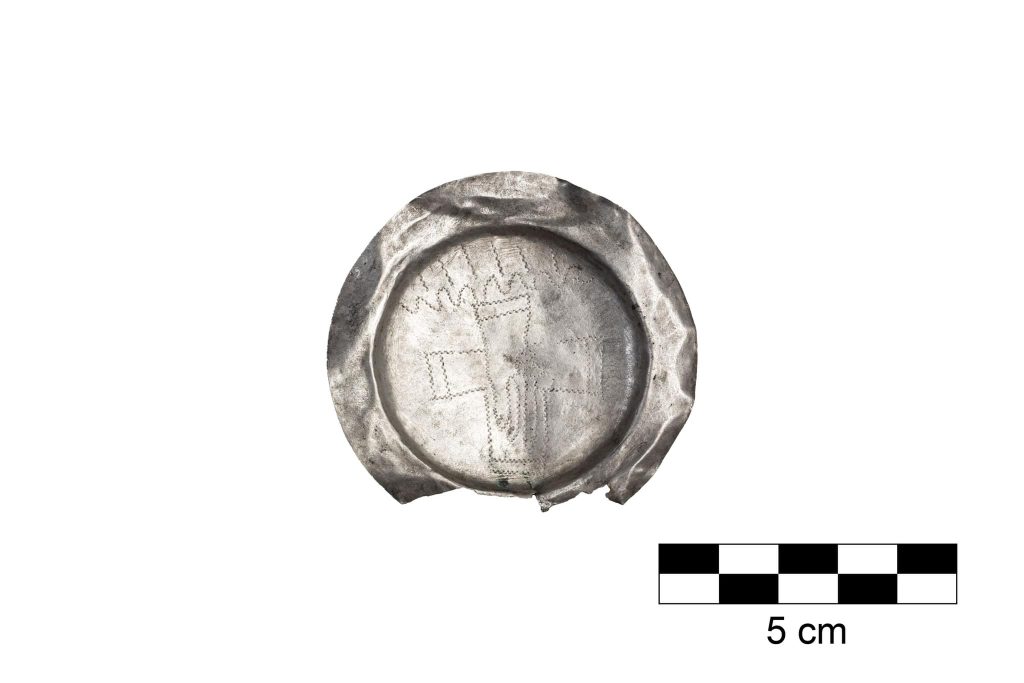
The exploration of the site of the Battle of Mezőkeresztes is being carried out in a broad collaboration in which, in addition to MNMKK NRI volunteers, more and more local residents are participating, donating their gardens and labor to support the research.
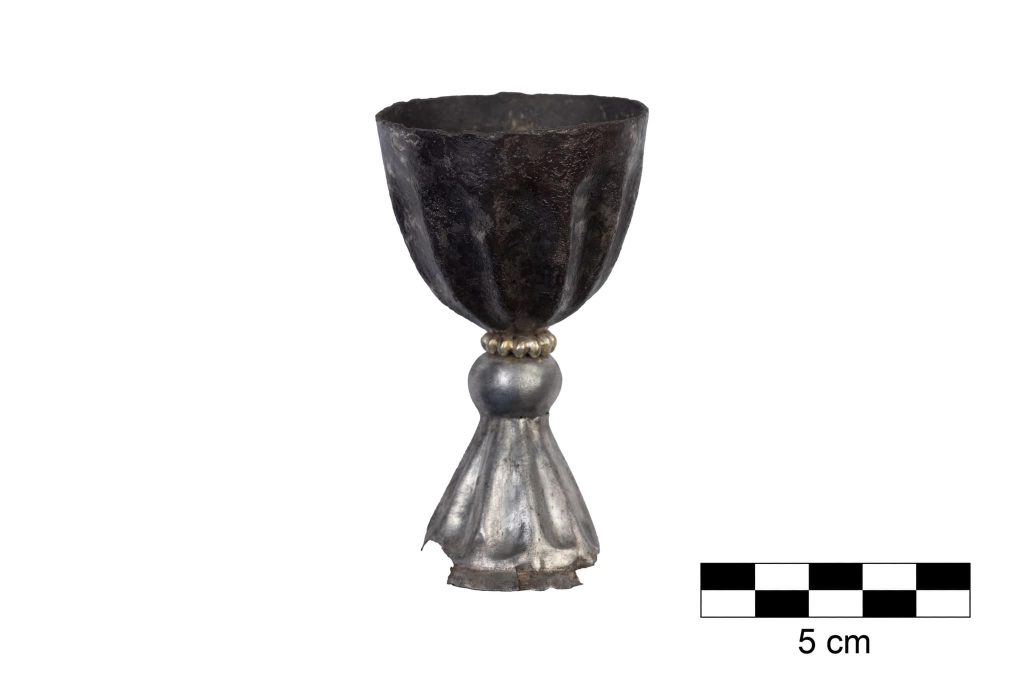
Material testing and restoration of the sensational finds is currently underway in the archaeometric laboratory of the National Archaeological Institute.
Cover Photo: Nemzeti Régészeti Intézet
You may also like
- A 1700-year-old statue of Pan unearthed during the excavations at Polyeuktos in İstanbul
- The granary was found in the ancient city of Sebaste, founded by the first Roman emperor Augustus
- Donalar Kale Kapı Rock Tomb or Donalar Rock Tomb
- Theater emerges as works continue in ancient city of Perinthos
- Urartian King Argishti’s bronze shield revealed the name of an unknown country
- The religious center of Lycia, the ancient city of Letoon
- Who were the Luwians?
- A new study brings a fresh perspective on the Anatolian origin of the Indo-European languages
- Perhaps the oldest thermal treatment center in the world, which has been in continuous use for 2000 years -Basilica Therma Roman Bath or King’s Daughter-
- The largest synagogue of the ancient world, located in the ancient city of Sardis, is being restored











Leave a Reply